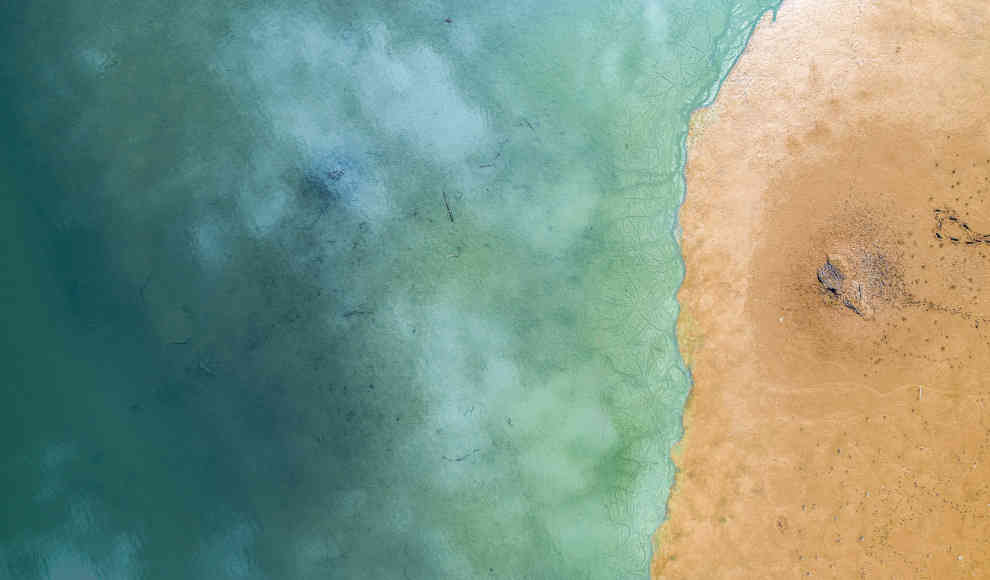The changing climate is affecting the distribution of phytoplankton in the oceans, altering the color of the water and impacting the ocean’s food chain. The color of the oceans varies depending on the region and season, ranging from muddy brown and gray-blue to bright turquoise. This is largely influenced by the amount of plankton, algae, and other suspended particles in the water, as they absorb part of the sunlight. Clear seas with little algae appear blue, while regions with a high phytoplankton content appear green due to the chlorophyll that absorbs the green part of the light. Scientists from the Massachusetts Institute of Technology (MIT) have investigated whether climate change and rising global temperatures are affecting the color of the oceans.
Using satellite data, the scientists analyzed the light reflection of the oceans and created a biogeochemical model that shows how the color of the oceans and water temperature are related. According to the study published in the journal Nature Communications, the results of the model show that a three-degree increase in global temperatures by 2100 would significantly change the colors of the world’s oceans in many regions. The study leader, Stephanie Dutkiewicz, stated that “there is a significant climate-induced shift in some wavelength ranges.” This would trigger a noticeable change in color in about 50% of the ocean’s surface, which could occur as early as 2050 in some areas.
The changing color of the oceans would not only be a visual change but would also impact the delicate ecosystem’s food chain. The rising water temperature would not only change the concentration of phytoplankton but also interfere with its composition, leading to a different base of the food chain in many ocean regions. While the color changes may not be noticeable to the naked eye, the impact on the ocean’s food chain could have significant consequences.










